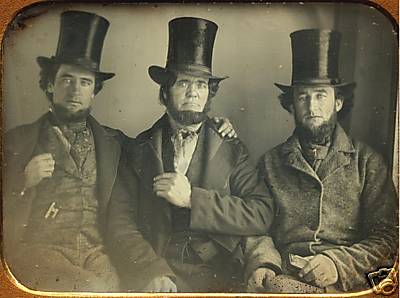It’s really hard to trace back the origin of the hats. Experts speculate that they have been in use for a very long time. We could assume that hats existed since the evolution of human beings. What if the very first hat to come into existence was something made out of a big leaf. Or a big sheet of animal skin. This suggests that one of the ways through which humans tried to adapt to nature was by the means of a hat. But one of the first images of a person with a hat is a painting in Thebes tomb. Which is a painting of a man with a simple conical straw hat.
18th Century
![American Duchess: GREAT Hats of the Late 18th c. ... [what are they and where do I get them?]](https://2.bp.blogspot.com/_mq3W1QflcU4/SfcrxDx0B3I/AAAAAAAABww/Dg5zo1RqJUM/s400/white28.jpg)
From the dawn of the century, milliners took the idea of the hat as a mere sunshade and turned it into an ever-evolving fashion accessory. Most commonly worn by military and naval officers, the classic tricorne (three-cornered) hat added function to form: the hat acted as an early umbrella via its brim-forming gutters that tilted rain away from the wearer’s face.

For women in the 18th century, the hat was an icon of wealth. The begere, or ‘Shepherdess Hat’, was wide-brimmed and made of straw. Serving as a stylish shade to protect the fair skin of even fairer ladies, the hat was inspired by the countryside and could be embellished with various accouterments to more directly convey one’s pecuniary prestige. No symbols last forever, though, even in the history of hats; the begere eventually became a symbol of romance.
19th Century
In England, the ‘Dandies’ left their mark on society not only in their buoyant elegance but also in their popularization of the black silk top hat. Later in the Victorian period, the top hat’s height was diminished to appear more tailored and conservative. Today, you can still spot the top hat at weddings–particularly those that involve the royal family.
The donning of the English bonnet, or ‘Bonnet du Jour’, did not depend upon a woman’s class; rather, it was enjoyed by everyone from milkmaids to maidens. The large brim framed the woman’s face but protected her profile from unwanted onlookers and lecherous men. The classic bonnet can often be seen in period works such as Jane Austen’s Pride and Prejudice.


For men, the top hat gradually evolved into the bowler hat, or ‘coke hat’, an everyday accessory worn by gentlemen and working-class men. The bowler, created by British soldier Edward Coke in 1849, is still considered a vintage fashion accessory.


